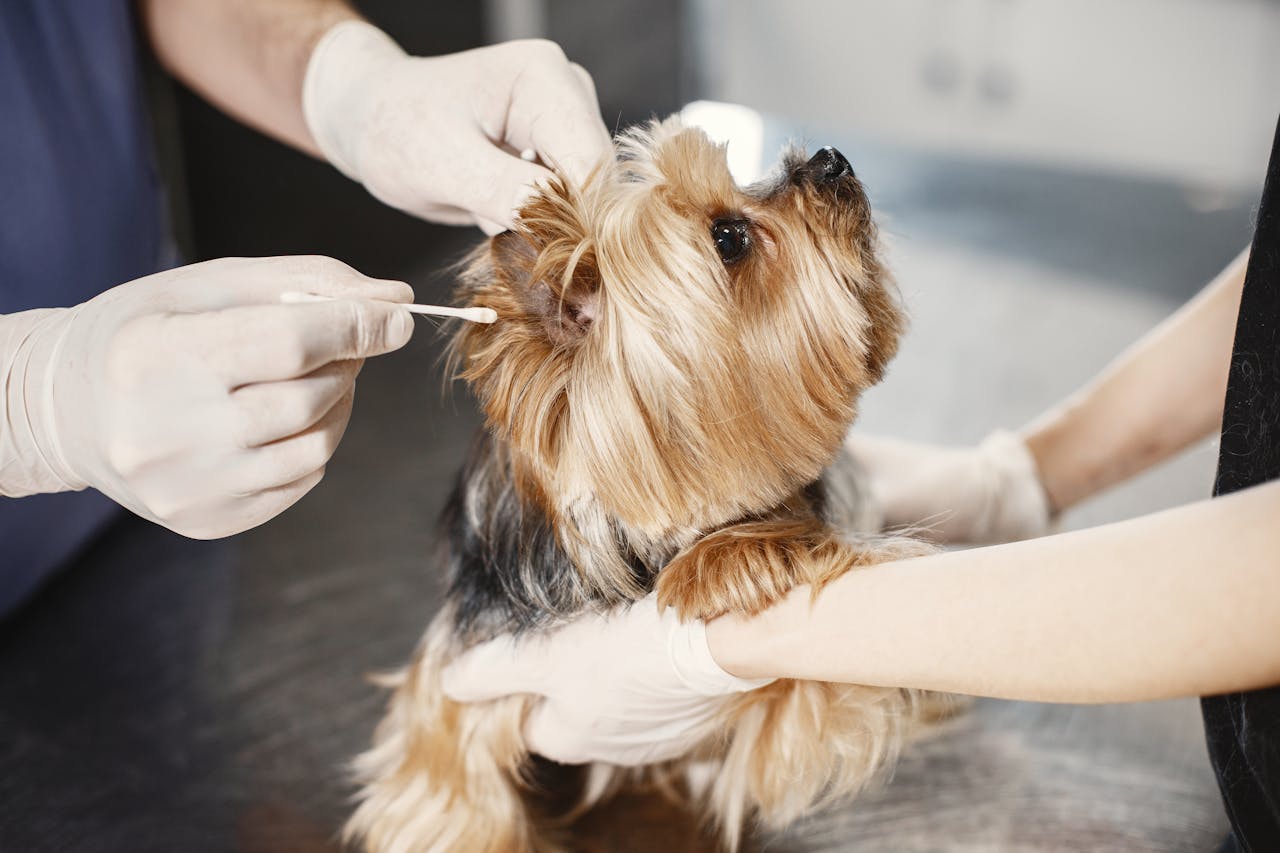Dogs are known to be man’s best friend because some share a special bond with their owners. Besides being pets, they can also be protectors. Some dogs are enrolled in the police force to help solve crimes.
A healthy dog is happy and fun to be with. You may want the best for your dog but do not know how to achieve this. According to the CDC, owning a dog can decrease your blood pressure and promote weight loss but not if your dog is unhealthy. You need to learn how to ensure their well-being to the fullest.
Here are 8 simple ways to improve your dog's wellness;
1. Provide a Healthy Diet
Your dog’s health hinges on the food it eats. If its diet is healthy, it’d be healthy and sound enough to play its role in your life—be it a companion, security personnel, or an emotional support system. Ensure that your dog’s food has the necessary nutrition to be healthy.
Dogs can become overweight and obese like humans. Being overweight can cause them to have illnesses like diabetes, arthritis, and hypertension. You might not know how to get the right food and proportion, so it's best to consult your veterinarian. They’ll consider your dog's age, size, and other factors in recommending a healthy diet.
2. Facilitate Regular Exercises
We have already established that dogs could get overweight and obese - these could be due to a lack of exercise. Feeding your dog nutritious foods is not enough - you need to get them to exercise and shed excess calories.
Encouraging your dog to exercise helps them to be physically and mentally fit. Whether it's an hour of walking or running, it lifts their mood and exhausts them so they are less likely to develop mood disorders. It also prevents them from channeling excess energy toward destructive behavior that could endanger you and others.
3. Arrange for Vaccinations
4. Brush Your Dog's Teeth Regularly
Dental health is often overlooked in dogs. However, it is just as important for dogs as it is for humans. If you don't brush your dog's teeth, their oral health suffers and impacts other areas of their body.
Study shows that most dogs get symptoms of periodontal disease from the age of 3. Periodontal diseases might get into their bloodstream, harming their body organs, and the damage might be irreversible. Use dog-recommended toothpaste to brush your dog’s teeth. Consider getting professional cleaning if you aren’t confident about doing it yourself.
>>> Get insights on self-development.
5. Schedule Regular Visits With Your Vet
Puppy and senior dogs need regular vet check-ups. The vet must check most areas of their health including lungs, heart, and weight.
As a dog owner, observe your dog closely and note any irregularities like excessive tearing at the eyes, abnormal hair loss, and excessive thirst or urination. This would enable the vet to conduct thorough check-ups with a history of your dog’s condition.
6. Pet-Proof Your Home
Although a dog might be house-trained, pet-proofing is highly important. There are many substances or household items that are dangerous to your dog. For example, chemicals like ammonia, bleach, and isopropyl alcohol in cleaning products are harmful to your dog so keep cleaning products away from them.
Be familiar with plants inside or outside your home to identify the ones that are harmful to dogs. Pets are curious so your dog may go sniffing in the wrong places. Establish geographical boundaries with them to manage their movements.
7. Examine Your Dog’s Ears
Ear problems are a common condition for dogs to be treated for. If your dog's ears are not yet infected, integrate a general all-purpose cleanser into their ear-cleaning routine. Perform a three-point examination to ascertain the condition of their ears.
Touch their ears to see if they will pull away. Smell their ears for stinky or yeasty odor. Sight their ears to see if they are rubbing or scratching them often.
It's okay for your dog to have wax in its ears because wax traps debris and dirt but excess wax signifies a need for cleaning. Don’t stick anything into your dog's ear further than half an inch.
8. Organize Playdates
While it’s good that you spend time with your dog, you need to create opportunities for it to socialize with other dogs. Arrange playdates with fellow dog owners. You can find a good “off-leash” park that allows your pet to run, sniff and play around. These are good for their physical and mental well-being.
Organizing playdates for your dog with other dog owners is an avenue for you to learn more about taking good care of your dog.
Prioritize Your Dog’s Wellness in Your Best Interest
Your dog could motivate you to get up and be productive. Prioritizing its well-being inadvertently improves your well-being too. When they are sound, they can play with you, keep you company, and protect you from intruders.



